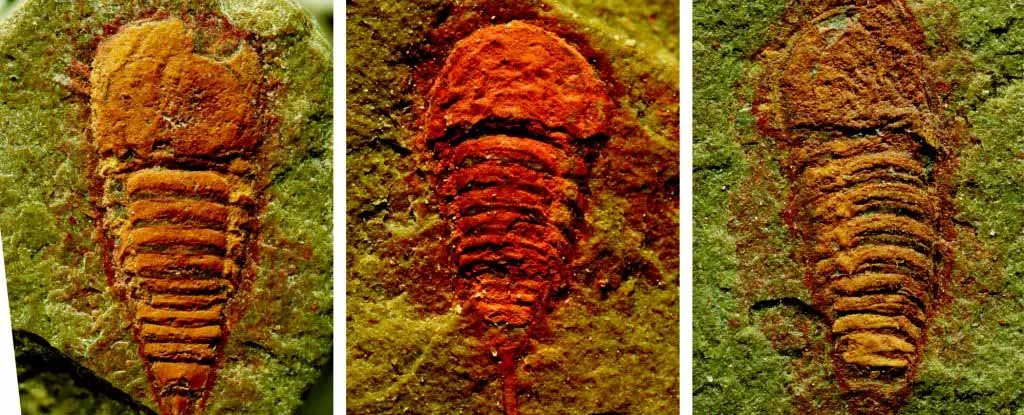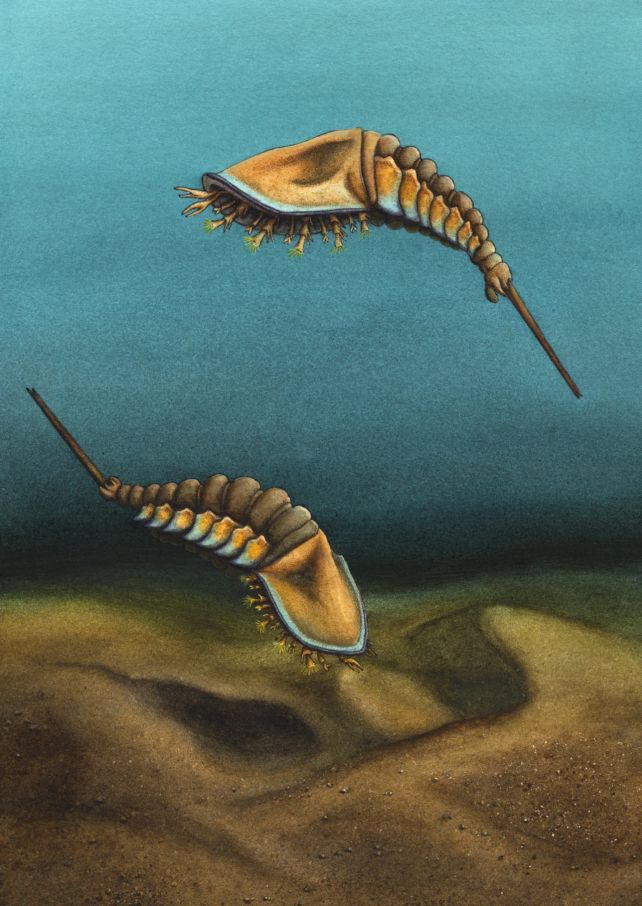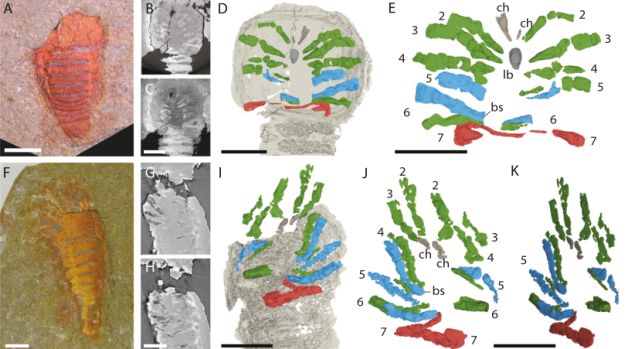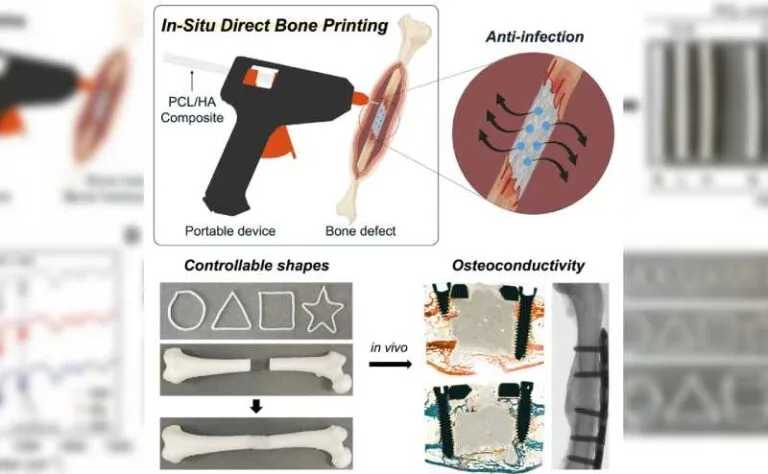Oldest ancestor of scorpions and spiders revealed

In an extraordinary paleontological find, a tiny, segmented creature that swam Earth’s oceans nearly half a billion years ago has been identified as the oldest known ancestor of spiders, scorpions, and horseshoe crabs. The diminutive organism, named Setapedites abundantis, measured just about 5 millimeters in length and thrived in an ancient ocean that once covered modern-day Morocco some 478 million years ago.
The discovery came after a meticulous analysis of fossils that were unearthed more than two decades ago. Paleontologists have now established that this species belongs to the arthropod clade Euchelicerata. According to Lorenzo Lustri, a paleontologist at the University of Lausanne in Switzerland, the team initially set out to simply describe and name the fossil. However, their detailed observations and analyses revealed that Setapedites abundantis filled a crucial gap in the evolutionary history of arthropods.
“Initially, we only intended to describe and name this fossil. We had absolutely no idea that it would hold so many secrets,” says paleontologist Lorenzo Lustri of the University of Lausanne in Switzerland.
“It was therefore an exhilarating surprise to realize, after careful observations and analysis, that it also filled an important gap in the evolutionary tree of life.”

Arthropods, which include insects, myriapods, crustaceans, and arachnids, represent around 75 percent of the world’s animal life. Within this diverse group, chelicerates are a subset characterized by their chelicerae—mouthparts resembling fangs or pincers used for grasping and envenoming prey. This group encompasses spiders, scorpions, horseshoe crabs, mites, ticks, and several extinct lineages, such as sea scorpions.
The exact evolutionary divergence of these various arthropods has been a topic of significant interest and debate among scientists. The identification of Setapedites abundantis as a euchelicerate helps to clarify this complex evolutionary timeline.
The fossils of Setapedites abundantis were first discovered in the early 2000s within the Fezouata Shale of Morocco, a renowned fossil site. Despite being the most common fossil found in the area, the painstaking work of fossil study meant that researchers only recently had the opportunity to analyze them in detail. Lustri and his colleagues examined several fossilized specimens preserved in the soft, fine shale, which was once silt on the ancient seafloor.
Their investigation revealed biramous (two-branched) appendages on the rear of the creature. These distinctive anatomical features allowed the researchers to confidently place Setapedites abundantis within the family Offacolidae, which includes only one other known species, Offacolus kingi. Offacolus kingi lived during the Silurian period, between 444 and 420 million years ago.

With this classification, Setapedites abundantis emerges as the earliest known member of the Euchelicerata, bridging a crucial evolutionary gap between early arthropods and their more specialized descendants. This finding provides valuable insights into the evolutionary history and diversification of chelicerates.
The significance of this discovery extends beyond mere classification. By understanding the characteristics and evolutionary pathways of Setapedites abundantis, scientists can gain deeper insights into the emergence of modern chelicerates, including spiders and scorpions. The next phase of research will involve detailed studies of these unique features to better comprehend how these ancient creatures evolved into the arachnids we are familiar with today.
This groundbreaking discovery underscores the importance of continued paleontological research and fossil analysis. As scientists unearth and examine more ancient specimens, our understanding of the evolutionary history of life on Earth continues to grow, revealing the intricate and fascinating pathways that have led to the diversity of species we see today. The tiny yet significant Setapedites abundantis serves as a reminder of the vast and largely unexplored tapestry of our planet’s biological heritage.
The team’s findings have been published in Nature Communications.






